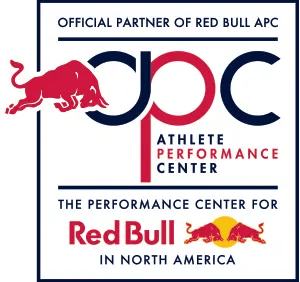Productivity is improved when workers are encouraged to take part in those movements that minimize potential exposure to excessive strain. As such, employers are starting to take seriously the personal health of their employees, to the benefit of both individual and organization. A new article takes a look at the rise of the so-called industrial athlete, relating those ways that overall good health can be assured through adherence to the proper technique and the promotion of exercise.
The physical therapist interviewed for said story notes that an individual’s back and shoulders are most susceptible to potential injury than other parts of the body. While shoulder issues usually manifest in those workers who are required to lift objects above their head on a regular basis (something that should be minimized whenever possible), back injuries can happen to anyone, be they workers in heavy labor positions who attempt to carry too much or persons at desk jobs whose prone stances leave them susceptible to detrimental posture.
Employers that want to help their workers avoid shoulder and back injuries should stress the importance of warming up. An employee might be eased into the day rather than expected to lift heavy loads right at the outset of the morning. Employees shouldn’t be required to grab heavy objects from up above their heads, as this type of awkward movement leaves them in danger of a strain.
Instead, employers ought to emphasize lifting from the ground up with the legs taking the weight and the back held straight. A squatting motion should be the starting point from all medium to heavy lifts, with the employee being taught to get a good grip prior to hoisting the object. He or she also needs to learn to move their feet rather than twist their back if items are being placed on shelves. Twisting with such a heavy load is dangerous.
Policies that promote stretching throughout the day can also reduce injury risks. Employers might institute mandatory break periods every couple of hours, and during this time someone can lead workers through a valuable stretching regimen. Specific stretches may differ depending on the type of task required of a worker.
There’s also an injury risk posed, even in non-heavy lifting jobs, when the employee is require to carry out the same process over and over and over again. Assembly line motions like this are fine for machines, but they can lead to repetitive-motion based injuries in certain individuals.
Developing some type of rotation schedule may help in this regard. An employee could spend a couple hours engaging in one activity, thereby working those muscles out without straining them, and then move on to something else.
About the author




